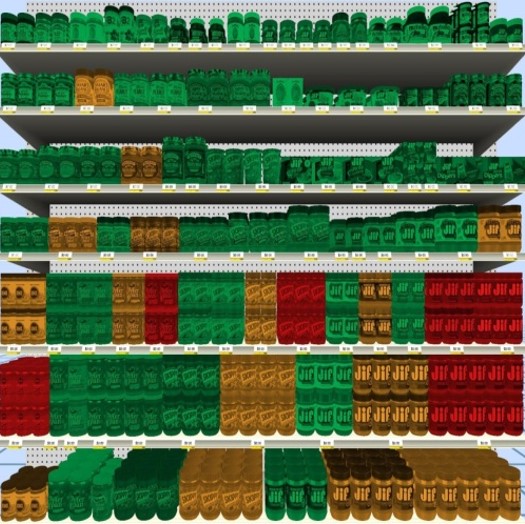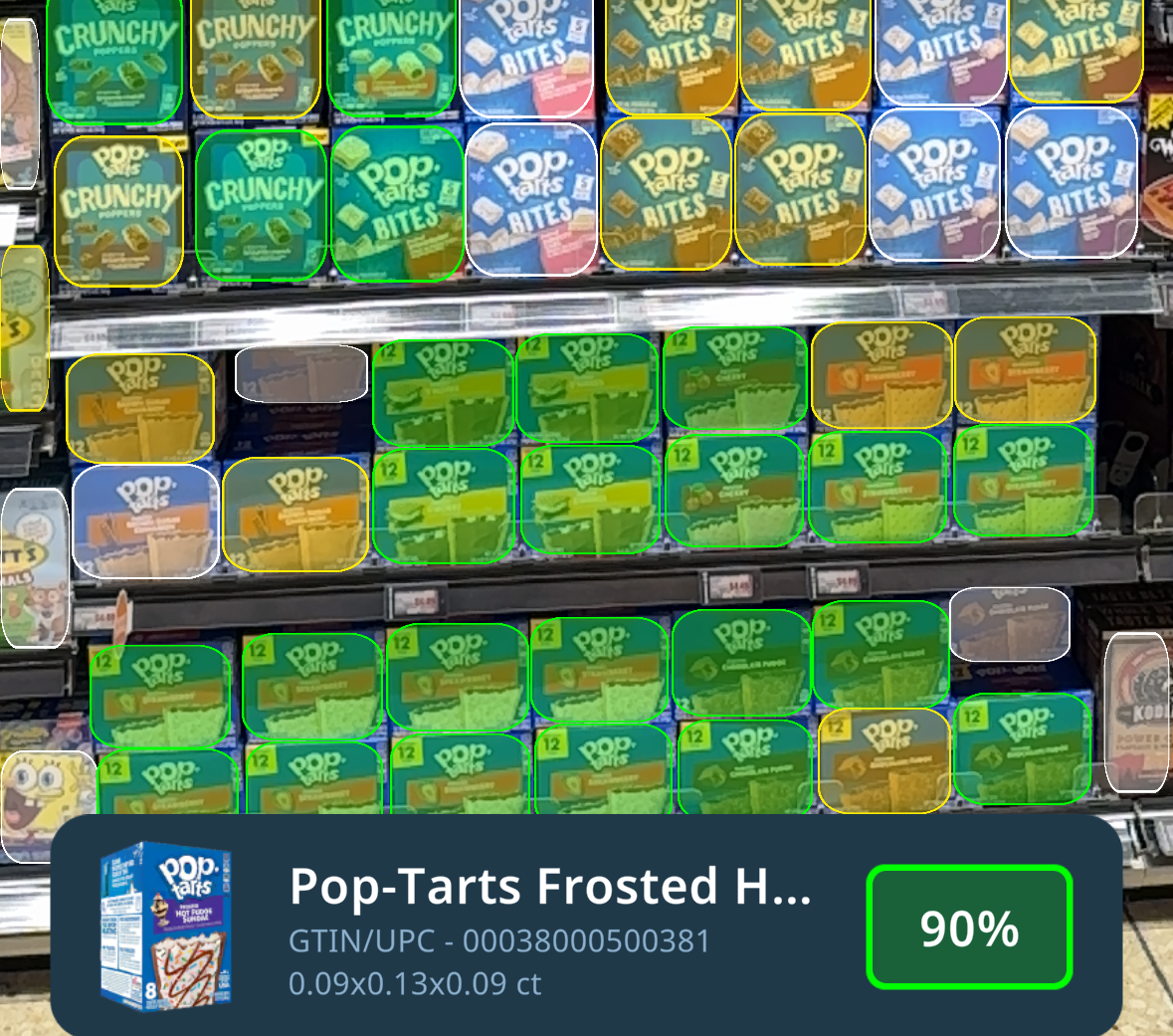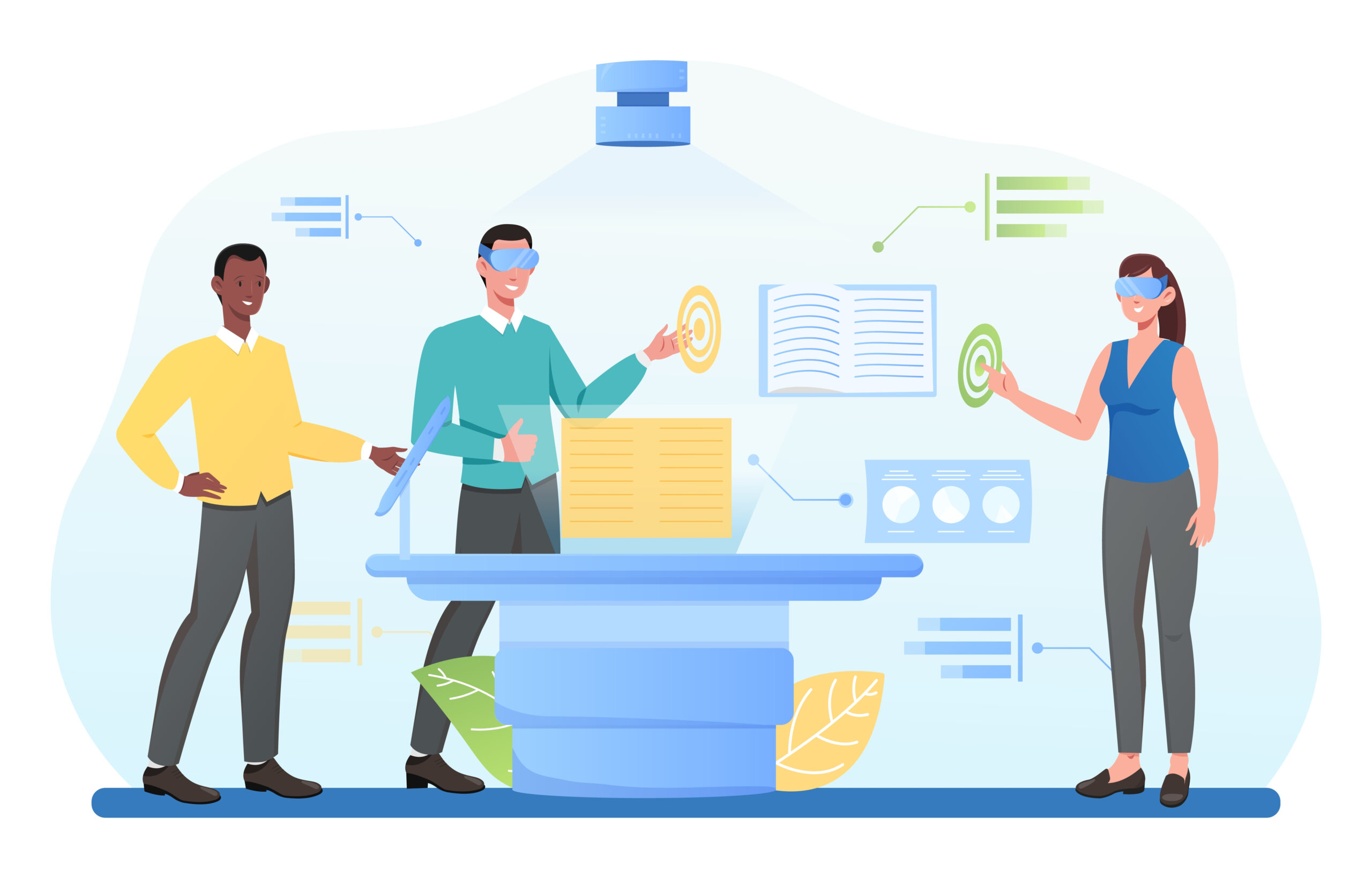The landscape of consumerism is going through a major period of change, and in reaction to that change, brands and retailers are looking for ways to keep up with new consumer habits. Shoppers are making decisions faster and spending less time in stores, so one important cog in the machine that brands are looking to improve is the time it takes concepts to go to market. Let’s dive into the topic of one key solution that is engineered to do just that: simulated test marketing. If you have an interest in streamlining this process to get your products on shelf faster, this blog is the place to start looking for solutions.
Common challenges associated with going to market
When brands and retailers are in the process of taking a new concept to market, there are a number of common challenges that they face. Some of them have become accepted norms of the industry, and many are associated with the standards of traditional merchandising. These challenges include:
- Difficulty reaching agreements: There are often a large number of people and teams with their hands on this process, and many times, that means more delay and indecision. Especially when the decision makers are in different locations and communication presents an extra challenge, it requires a lot of time to reach an agreement and move to the next phase.
- Lack of confidence: In some cases, this process suffers from a lack of faith in the success of the concept. Whether this is on the part of internal teams, executives, retailers, etc., many of these parties lack confidence in the presented concept, and as a result, they’re reluctant to take on what they see as a risk.
- Competing brands: Within any category, there will always be competing brands who want space on the shelves. Sometimes those other brands win out. In this case, when a brand’s concept is rejected by one or more retailers, it takes longer for that concept to go to market, if it does at all.
The limitations of traditional merchandising result in many of the delays associated with going to market, persistently prolonging the process. However, with these challenges being so prevalent in the retail and consumer goods industry, innovators have developed solutions that make this process go smoother.
Adding simulated test marketing (STM) to your in-store marketing mix provides access to useful data that allows brands and retailers to be more efficient throughout the process, as well as realize a higher level of overall confidence in the concept or product. We’ll get into detail about how simulated test marketing addresses the common issues associated with going to market.
What is simulated test marketing?
Simulated test marketing is a market research methodology that aims to reach a better understanding of customers and their decision-making through virtual shopping exercises.
How does it work? Brands and retailers conduct research on the success of new retail marketing ideas by staging shopping simulations in an artificial marketplace, where focus groups are exposed to in-store marketing, and product layouts. Traditionally, there might be a physical test store built for a controlled test market, but modern software provides a more efficient alternative for new concept and product testing: 3D visualization through virtual reality technology.
This test market technology transfers the traditional merchandising process into an easy-to-use platform where decision makers can view the virtual layout of a retail store. Instead of building a mock store, this hyper-realistic virtual store allows you to view in-store marketing strategies, experiment with different layouts, make virtual planograms, and test out product concepts to see how they will perform in the real world.
If you find yourself asking the question, “Isn’t historic sales data enough to provide an insightful estimate into how products will perform?” consider the following: past sales data can provide vital information to predict future sales, but it doesn’t show the full picture. And in the case of new shelf arrangements or assortments, these metrics are unavailable. The value of simulated test marketing is the ability to learn valuable information that is not so quantifiable, like insights into shopper behavior. In today’s hyper-competitive retail market, that insight is more valuable than ever. The end result of these tests is gaining the knowledge to provide an efficient, and impactful, go-to-market strategy and an overall better customer experience for shoppers. Simulated test marketing is the best tool to reach that goal.
What can you learn from simulated test marketing?
The key purpose of investing in simulated test marketing is to more efficiently and effectively understand the impact your new concept will have on your target market. You’re learning about your potential customers, how they behave, and what they might do. The idea is that the more you learn about what your customers want, the better you are at delivering that, and the better, and faster, you can formulate an informed and successful merchandising strategy.
Test market results provide both qualitative and quantitative insights. These include:
- Behavioral metrics: Glean critical insight into how customers will approach their shopping experience. These metrics get into the more detailed behavior of shoppers, such as where they spend their time in the aisle, what they select, and what they end up purchasing. In addition, you can see what parts of these behaviors change as you make changes at the shelf, allowing decision makers to identify the display option with the highest probability of success with real life shoppers. Shopper behavior within a virtual store correlates .9 or higher with in-store purchase decisions, making simulated shopper insights extremely similar to real world results.
- Attitudinal metrics: Simulated test marketing evaluates shoppers’ internal reactions to your in-store layout and marketing tactics as well. Specifically, how they may feel about your product, how it’s displayed, and their reactions to the marketing material. Attitudinal metrics look at factors like shoppers’ trust, their opinion on usability, awareness of your product, purchase intent, etc. These metrics are often a key factor in determining if a new display option or shelf arrangement is a no-go in the eyes of consumers.
- The “why”: These combined insights allow brands and retailers to see a more well-rounded view of the concept strategy, which means they’re not just evaluating what shoppers are doing and thinking, but also examines the reasons behind those results. Understanding the behavior and attitude of your shoppers allows you to recalibrate your strategy to its fullest potential.
For category and marketing managers, and other key decision makers, the value of the above combined data is the ability to use that insight to inform your in-store marketing plan, as well as evaluate potential success.
Does simulated test marketing really work?
In short, absolutely. For many people in the retail and consumer goods industry, simulated test marketing with virtual reality software might be perceived as a new, complicated, and unproved technology that would be risky to invest in. It’s a normal reaction to have when you’re not experienced in it, especially when there is so much on the line with a new shelf or marketing concept. However, we’re here to assure you that utilizing simulated test marketing actually lowers the risk of going to market, by helping companies develop a more efficient go-to-market process.
How does STM help you go to market faster?
Increased confidence in the value of your concept
Retail partners need to understand how your concept, category strategy, or new product ideas will benefit them. Simulated test marketing allows you to quickly test your idea, get detailed feedback, and present your results–giving decision makers confidence in future in-store performance, and proving that your concept is worth taking to market. Increased confidence and a decreased risk factor means you are able to make timely decisions and get to market faster.
A more streamlined process
Virtual simulation platforms like ShopperMX™ allow your team and collaborators to collectively visualize everything on a single platform. Doing testing on this platform is a major upgrade for any go-to-market strategy because your communication and ability to reach agreements on major decisions is made simpler and easier.
Level the playing field with competitors
Once your product has been through simulated test marketing and you have the platform to visualize and present that data to retailers, you have a much better chance of beating out your competitors. Simulated test marketing adds legitimacy and sophistication to the go-to-market process, and your buyers will see that.

Learn from past experiences with STM
There are a number of past examples which show the positive impact of simulated test marketing on a product’s time to market. Here are two success stories of companies that experienced this first hand.
- On one occasion, a large snack company and national retailer wanted to develop a strategy that would allow them to reduce common go-to-market costs, with the primary goal being more efficient collaboration. Through simulated test marketing using InContext’s ShopperMX™ platform, they were able to make informed decisions without the typical delay of back and forth communication.
- In another success story, a manufacturer wanted to go to market faster and test new display concepts. They tested new displays using the virtual reality simulations of ShopperMX™. Through these tests, the manufacturer quickly identified the display concept with the best success rate and ended up saving a lot on innovation costs. After learning this valuable insight, they were able to maximize the speed of going to market and executed a successful in-stores roll-out.
What is the value of going to market faster?
The valuable time it takes for your retail concepts to go to market impacts a number of factors, but most of all, it impacts profitability. The longer your concept is not on shelves, the more you lose in opportunity cost, and losing out on new product sales by taking longer to go to market is not what any CPG brand or retailer wants. In addition, if the process of going to market is prolonged, that’s a clear sign that you may be wasting valuable resources. Investment in technology that cuts down on the time it takes to go through this process is essential. Two common consequences of not investing in simulated test marketing include:
1. Shoppers can’t find the products that they want
2. Product sales volumes don’t meet your goal
As industry experts, we don’t have to tell you that it’s crucial to invest in quality marketing strategies if you want to meet your profit goals, and simulated test marketing is the key to developing impactful strategies.
Contact InContext Today
Are you interested in investing in simulated test marketing so your company can develop a faster and more streamlined go-to-market strategy? Contact InContext to get started on getting better insights into the shopper’s experience.





